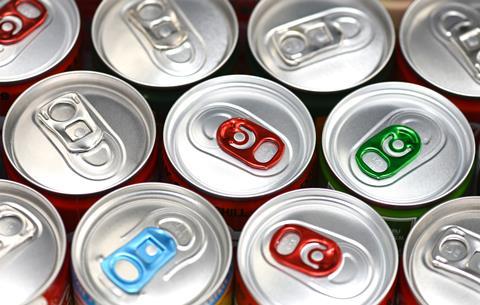
The cost of living crisis has seen many categories fall flat this year – but fizzy drinks is not one of them. With value up 7.8% year on year, the resilience shown during the pandemic shows little sign of waning: volumes have dipped just 1.8%.
That’s despite myriad challenges facing suppliers of carbonated soft drinks – from soaring input costs and CO2 shortages to the government’s recently relaunched war on obesity. Plus, there’s the storm of sustainability concerns over use of plastic, while the clampdown on HFSS food and drink is now in effect, banning in-store promotions in prominent locations.
It adds up to the most demanding period faced by suppliers in years. And yet, so far, they’re weathering the storm, with buoyant impulse sales helping to minimise losses.
“Across the category, single-serve products have regained sales after the pandemic and movement restrictions,” says NielsenIQ consultant lead for customer success Louise Boitoult. “The good weather in the summer also helped drive consumption of on-the-go.”
The year’s been a story of more than just one format, mind you. “As people continue to work from home, and with hybrid working becoming the norm, levels of sales of multipack and multiserve products have continued to grow,” she adds.
All of which has proved a bonanza for Fanta and Sprite. They’ve seen an additional 30.2 million litres go through tills – generating £58m. It’s a big gain. But not as big as that generated by stablemate Coca-Cola, which is worth an extra £90.4m. However, given its volumes are down 20.4 million litres, value increases have been wholly price-driven. Average price per litre is up 8%.
In fact, all Coca-Cola Europacific Partners’ top 10 brands are – in keeping with the overall soda market – significantly pricier. Supply chain pressures have influenced this, says Martin Attock, VP of commercial development at CCEP GB. “We’ve seen rising costs in energy, haulage, packaging and ingredients for a number of months due to factors beyond our control. As a business, we have taken steps to mitigate the impact of these where possible. However, costs continue to increase sharply and pressure on supply remains, and this is only expected to continue.”
That goes some way to explaining the 6.6% price rise of CCEP’s Monster energy brand – although that’s slower than the overall energy sector’s 10.1%. Not that pricier drinks have put off shoppers. They’ve bought an extra 36 million litres and spent £251.2m more. Explains Boitoult: “New flavours and a focus on sugar-free has been a key contributor to delivering growth to the top brands.”
Top Launch 2022
Coca-Cola tethered caps | CCEP GB
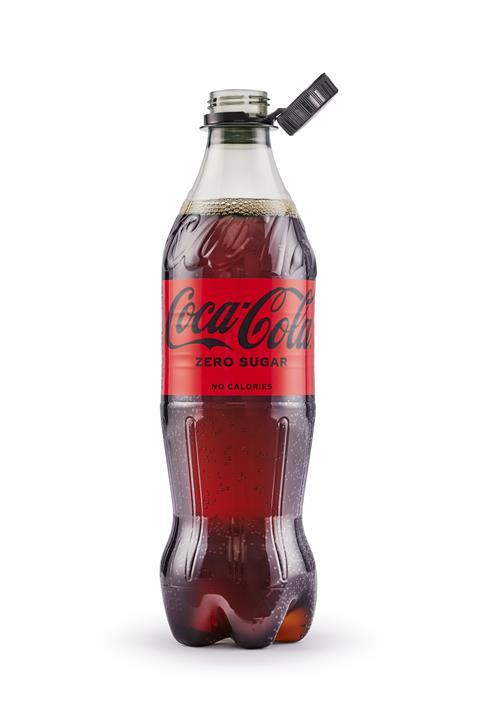
In May, Coca-Cola Europacific Partners GB became the first major soft drinks maker in the UK to tether caps to its plastic bottles. The caps – found on 1.5-litre and 500ml packs of Coca-Cola Zero Sugar, Fanta and Diet Coke – stay connected after the bottle is opened. The design makes “it easier to recycle the entire package and ensure no cap gets left behind”, CCEP says. The eco-conscious lids are expected to be found on all the supplier’s brands and pack sizes by the end of 2024.
The Grocer Top Products Survey 2022: How can brands stay in focus?
- 1
- 2
- 3
- 4
- 5
- 6
- 7
- 8
- 9
- 10
- 11
- 12
- 13
- 14
- 15
- 16
- 17
- 18
- 19
- 20
- 21
- 22
- 23
- 24
- 25
- 26
- 27
- 28
- 29
- 30
- 31
- 32
- 33
- 34
- 35
- 36
- 37
- 38
- 39
- 40
- 41
- 42
- 43
 Currently reading
Currently readingSoft drinks – carbonates & energy drinks 2022: Drinks dodge challenges to maintain fizz
- 44
- 45
- 46



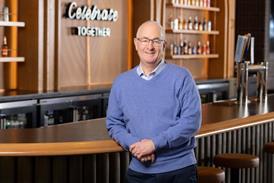



















![Cheese ]GettyImages-664658023](https://dmrqkbkq8el9i.cloudfront.net/Pictures/100x67/1/8/6/282186_cheesegettyimages664658023_540979.jpg)




























![XOXO-Product-Shot[ALL FLAVOUR]-Sky-1920x1080](https://dmrqkbkq8el9i.cloudfront.net/Pictures/380x253/4/9/2/355492_xoxoproductshotallflavoursky1920x1080_806584_crop.jpg)
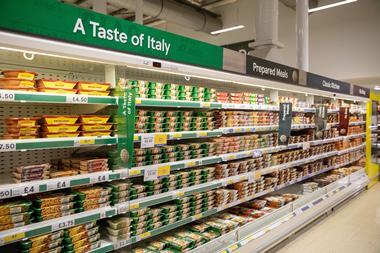
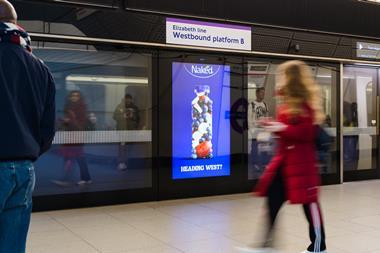
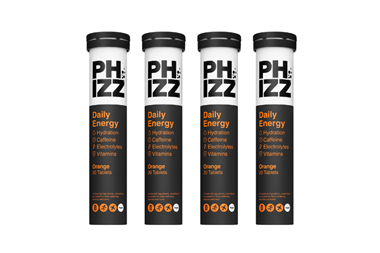
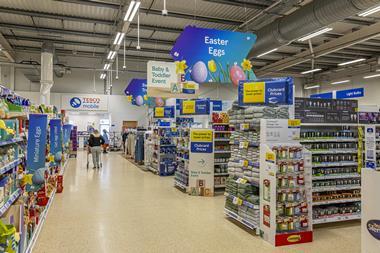







No comments yet